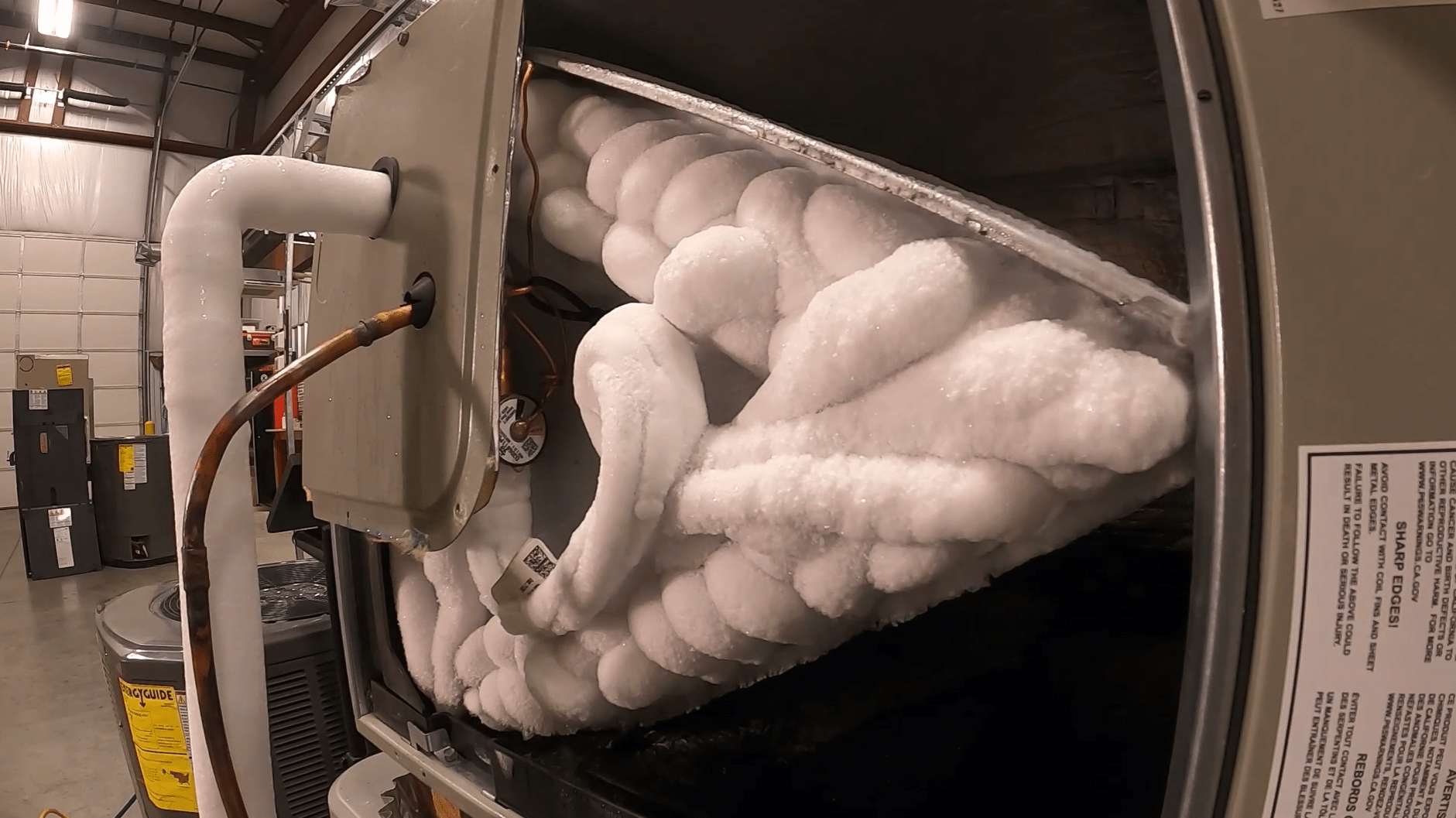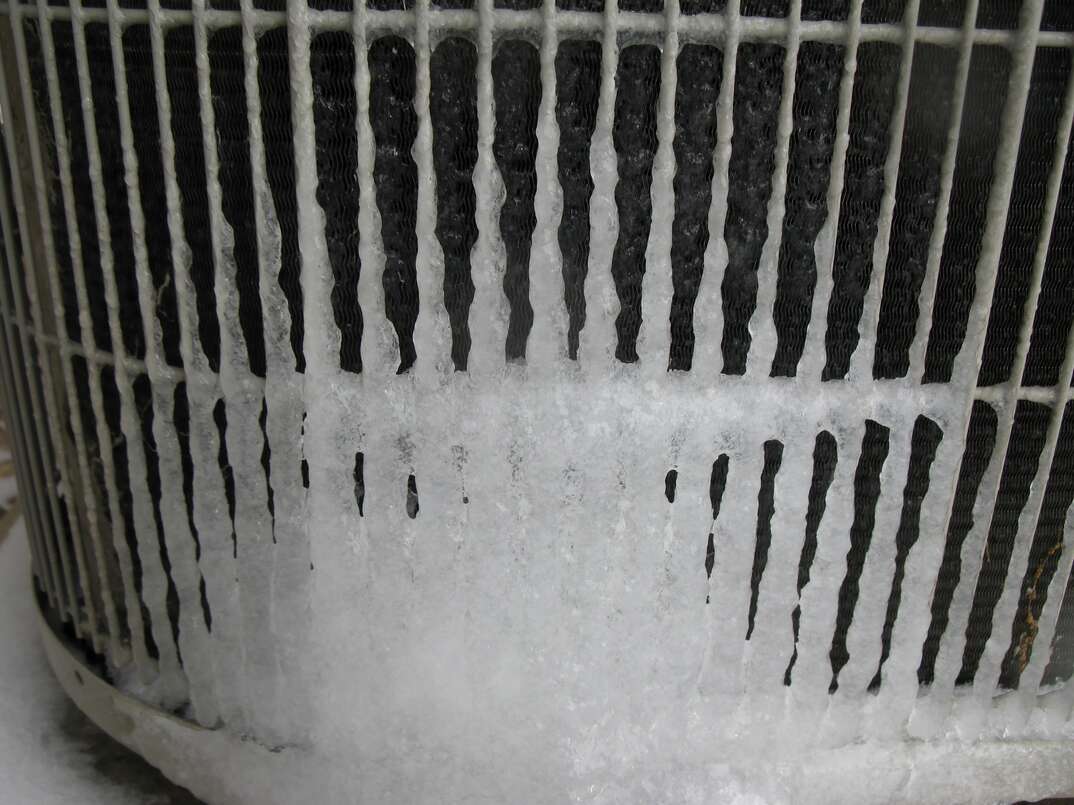My AC Pipe Is Frozen - What Do I Do? Instructions for Residents
My AC Pipe Is Frozen - What Do I Do? Instructions for Residents
Blog Article
Presented here below you will find a lot of really good data pertaining to How can I fix an air conditioner’s frozen pipe?.

Introduction
Discovering that your AC pipeline is frozen can be concerning, specifically during warm summer season when you rely on your air conditioning unit the most. Understanding what to do in such a scenario is vital to prevent additional damages to your cooling system and ensure your convenience indoors.
Comprehending the Causes
Numerous factors can contribute to the cold of an air conditioner pipe. Understanding these causes can assist you resolve the issue successfully.
Absence of Airflow
One usual source of an icy AC pipe is inadequate airflow. When the airflow over the evaporator coil is limited, it can create the coil to go down below freezing temperature level, causing ice development on the pipe.
Low Refrigerant Levels
Insufficient cooling agent degrees in your a/c system can also result in an icy pipe. Low cooling agent levels can cause the stress in the system to drop, resulting in the freezing of dampness on the evaporator coil.
Winter Conditions
In cooler climates, freezing temperature levels outside can contribute to the cold of a/c pipes. If your air conditioning unit is not properly protected or if there are leakages in the ductwork, cool air can infiltrate the system, triggering the pipeline to freeze.
Dirty Air Filters
Dirty or stopped up air filters can limit airflow in your a/c system, causing various concerns, including a frozen pipe. It's important to change or cleanse your air filterings system on a regular basis to make certain appropriate air movement and prevent ice accumulation.
Indicators of a Frozen AC Pipe
Acknowledging the indicators of a frozen a/c pipeline is vital for timely activity.
Lowered Airflow
If you see a considerable reduction in airflow from your vents, it can indicate a frozen pipe.
Ice Buildup on the Pipe
Visible ice accumulation on the cooling agent line or the evaporator coil is a clear sign of an icy AC pipe.
Unusual Sounds from the Unit
Uncommon noises, such as hissing or bubbling, originating from your air conditioning device can indicate that there's ice existing on the pipe.
Immediate Actions to Take
When confronted with a frozen a/c pipeline, it's important to act quickly to avoid more damage to your air conditioning system.
Shutting off the AC
The initial step is to turn off your ac unit to avoid the system from running and worsening the concern.
Looking for Blockages
Evaluate the area around the indoor unit for any obstructions that may be blocking air flow, such as furnishings or curtains.
Thawing the Pipe
You can use gentle approaches like positioning towels taken in warm water around the icy pipe to assist thaw it gradually.
Safety nets
Taking safety nets can help stay clear of future events of an icy air conditioner pipe.
Routine Maintenance Checks
Schedule routine upkeep get in touch with a specialist HVAC technician to ensure that your air conditioning system is running successfully.
Changing Air Filters
Frequently replace or clean your air filters to stop air movement restrictions and preserve optimal performance.
Shielding Exposed Pipes
If your AC pipes are revealed to cold temperatures, think about insulating them to avoid cold throughout winter months.
Seeking Professional Help
If DIY techniques stop working to settle the concern or if you're unsure about how to proceed, it's best to seek assistance from a qualified HVAC service technician.
When DIY Methods Fail
If your efforts to thaw the pipeline or address other issues are not successful, it's time to employ an expert.
Importance of Hiring a Professional HVAC Technician
A certified HVAC specialist has the experience and tools needed to detect and fix concerns with your AC system safely and efficiently.
Conclusion
Handling a frozen a/c pipeline can be an irritating experience, yet knowing exactly how to react can assist reduce damages and bring back convenience to your home. By understanding the causes, recognizing the indications, and taking punctual activity, you can efficiently attend to the concern and prevent future incidents.
Frozen AC Line: Why It Happens & What To Do About It
A frozen AC line can be a rather peculiar sight in a place like Phoenix, Arizona where nothing ever freezes. In this post, we’ll discuss what makes an air conditioner line frozen – and what you can do about it.
Dirty Air Filters
Did you know that you should be cleaning or replacing your air filters on a monthly basis? Failing to do this can result in airflow issues that, in turn, cause your evaporator coils and lines to freeze over. You’ll notice a buildup of ice on both components, although the buildup on your pipes will, of course, be more evident unless you open your air condition up to reveal the coils.
What To Do About It
Give your air filter a good cleaning if it’s reusable. If not, replace the filter outright. Next, switch your air conditioner’s fan setting on and leave it there for 2-3 hours. This will draw warm air in, helping to thaw your evaporator coil. You can also check out this article for some tips on cleaning the coils themselves if you’d like to speed the process up. Before you switch the unit back to its normal state, make sure the supply vents are completely unobstructed and free of dust or other debris.
If you keep having this issue even after replacing your filters regularly, contact a local HVAC repair company and have them inspect your evaporator coil, ductwork, and any other components that may be at fault. If you live in the Phoenix, Arizona area, give American Home Water and Air a call.
Low Refrigerant Levels/Leakage
What To Do About It
Contrary to what air conditioner “recharge” companies often tell their clients about refrigerant, it should never need to be simply refilled. You see, refrigerant runs in what experts refer to as a “closed loop.” Refrigerant really shouldn’t be leaving that loop. If it is, you’ve got a leak.
Paying someone to come and pump more refrigerant into your system (aka “recharge” it) isn’t the solution. Doing that will simply kick the can down the road. Besides, refrigerant leaks can be harmful to the environment and people in your home.
Rather, you need to take care of the leak with the help of a technician. Check out this article for some more information about dealing with air conditioners that are leaking refrigerant. Before you contact a technician, switch your thermostat to the off position. Then, switch the fan setting on and let it run for 2-3 hours so the unit can thaw.
Improper Temperature Setting
Improper temperature settings can also cause a drop in your air conditioner’s pressure. What many people don’t realize is that air conditioners are actually designed to run when temperatures have fallen above roughly 60 degrees Fahrenheit. If you run the unit when it’s cold outside, you’ll run into many issues, including frozen components.

Hopefully you liked our topic about How can I fix an air conditioner’s frozen pipe?. Thanks for finding the time to browse our blog. Loved our article? Please share it. Let other people find it. Thanks a lot for taking the time to read it.
Click Here Report this page